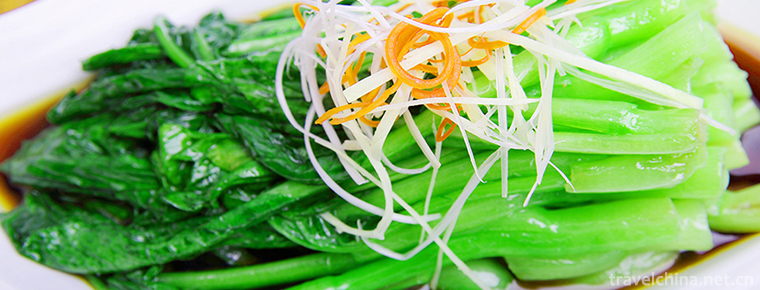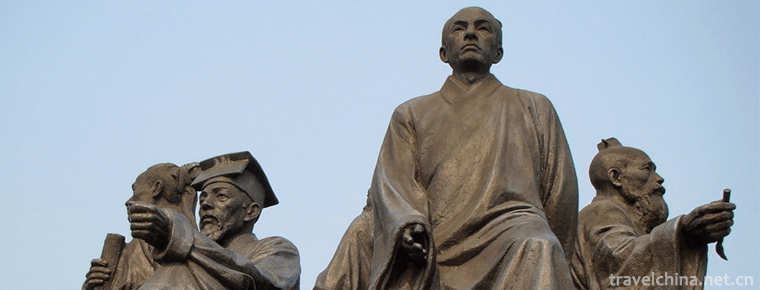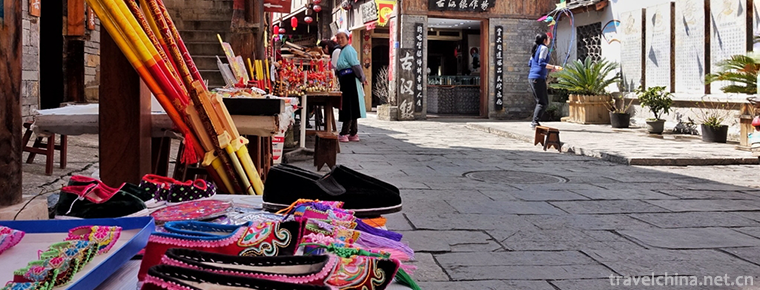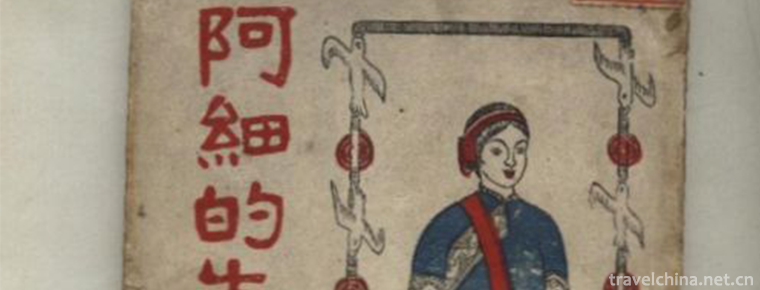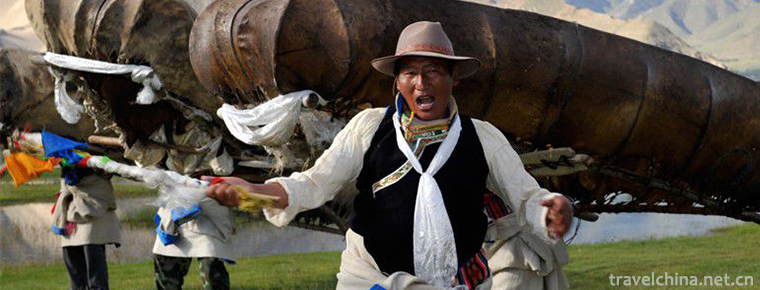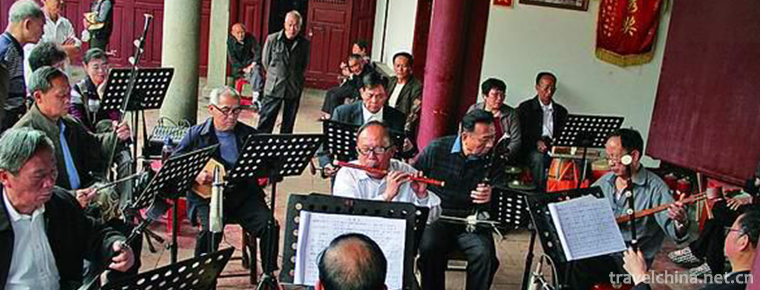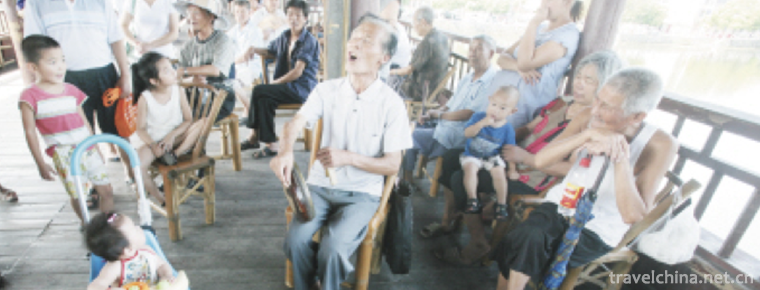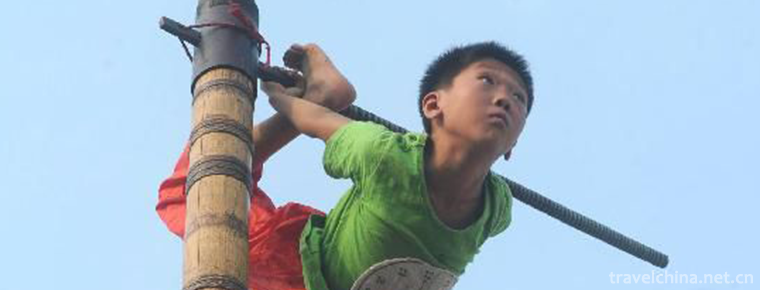Production Techniques of National Musical Instruments
Production Techniques of National Musical Instruments
The production of national musical instruments in Suzhou is one of the local traditional handicraft techniques in Jiangsu Province. With a long history, a wide range of varieties, exquisite skills and talented people, it is well known both at home and abroad. It is famous all over the country for its beautiful shape, concise structure, reasonable structure, meticulous workmanship, elegant style, non-stereotyped, sweet, pure tone, distinctive artistic features and unique local style.
Process Overview
The technique of making Suzhou national musical instruments is a special craft of traditional handmade production. Although some mechanical substitutions have been made in the process of wood cutting and ingredients, it is different from ancient times. However, in most of the woodworking, sculpture, lacquer and other processes still need to be completed by hand. The completion of a musical instrument requires the cooperation of material selection, mixing, woodworking, sculpture, lacquering, inlaying, proofreading, percussion instrument (sound bronze instrument) through many processes such as material selection, smelting, filming, shaping, copying, scraping and timbre setting. Each process has its own skills.
The representative works of Suzhou national musical instrument production techniques include Erhu, Ruan, Guzheng, Pipa and the restored lost pipes and bells, as well as Su Di, Su Xiao, Su Rong and Su Drum, which are crowned with the word "Su".
historical value
The historical and cultural value of Suzhou's national musical instrument making skills lies in the fact that the Chinese nation, after thousands of years of development of civilization and society, has condensed the wisdom and painstaking efforts of skilled craftsmen of all dynasties. She not only has high artistic value and practical value, but also contains profound historical and cultural connotations. She integrates various cultural and artistic elements, such as history, color, aesthetics, and combines various craftsmanship techniques such as sculpture, carving, painting and mosaic, forming a unique and systematic handicraft.
Historical origin
The origin of the production of national musical instruments in Suzhou can be traced back to the Spring and Autumn Period. At that time, the bronze smelting technology of Wu State was very developed, which provided favorable conditions for the production of bronze musical instruments. In 1964, nine bells of Zang Sun were unearthed from the tomb of Eastern Zhou Dynasty at Luhe Chengqiao, Jiangsu Province. There is an inscription on the front, including the word "attack my arrears", which is proved by textual research to be "attack my arrears", namely "Gou Wu". This group of bells is the earliest Wudi musical instrument found so far.
From the first wooden lacquer Guqin (Qixian Qin) unearthed in Changqiao Village, Changqiao Town, Wuxian County, Suzhou City in 1991, it can be seen that the ancestors of Wu prefecture, who lived in the pre-Qin period more than two thousand years ago, had their own unique national musical instruments.
Process characteristics
Suzhou's national musical instruments are beautiful in shape, fine in craftsmanship, bright in paint and beautiful in timbre.
Beautiful shape: The national musical instrument integrates the technical characteristics and performance. It considers not only the convenience and practicability of use, but also the beautiful shape and decorative national characteristics of each instrument.
Excellent craftsmanship: Every national musical instrument is made from material selection, ingredients, woodworking, polishing, painting, assembly, timbre and other processes are meticulous and thorough, impeccable.
Paint gloss: Painting technology of musical instruments should make their appearance perfect through dozens of elaborate working procedures, achieve the effect of paint-like non-paint, and make the performer feel smooth and smooth.
Beautiful timbre: The advantages and disadvantages of musical instruments are not only manifested in appearance, but also in the quality and timbre of musical instruments. The sound quality should be deep and full, penetrating, sweet, pure, mellow, bright and balanced, and suitable for the style and aesthetics of the performers.
The characteristics of Suzhou national musical instruments are: beautiful shape, concise, reasonable structure, not cumbersome, exquisite workmanship, meticulous, elegant style, not out of style, sweet and pure tone, with strong national characteristics. It fully embodies the cultural connotation and artistic style of Suzhou national musical instruments. This kind of connotation and style is the essence and soul of Chinese national musical instruments.
Inheritance significance
Suzhou national musical instrument is a model of Chinese national musical instrument production. In 1984, Huqiu Brand "Red Wood Professional Erhu" won the high-quality product award of the Ministry of Light Industry of China. In the same year, it also won the national quality silver award (no gold award, the highest industry award). In 2002, the original lost and restored seal was reformed to make its range broader, timbre sweeter and transposition more perfect. It has been recognized by experts and filled the gap in China. In May 2004, he won the special gold medal of China International Patent and Famous Brand Exposition, and in July of the same year, he won the national patent.
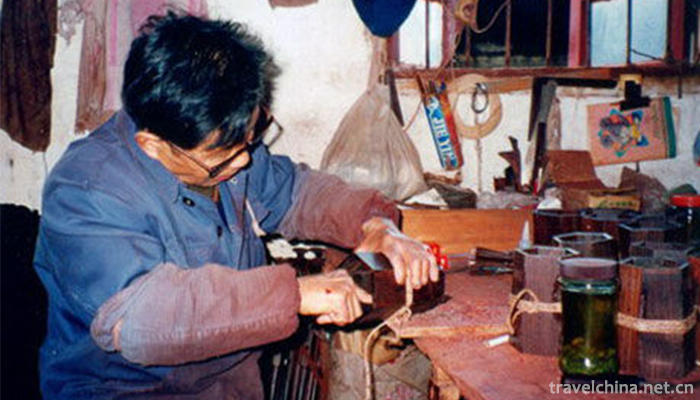
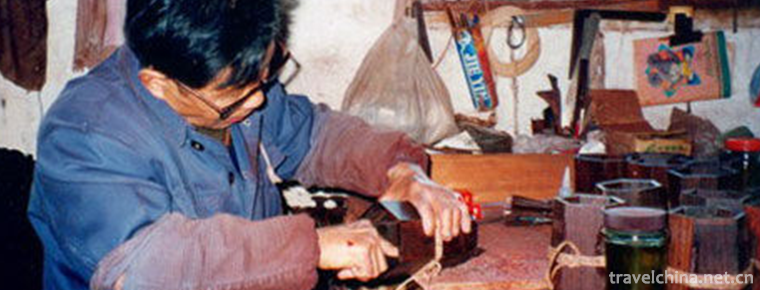
Production Techniques of National Musical Instruments
-
Boiled Chinese flowering cabbage
Boiled cabbage is a traditional dish in Guangdong province. It is a Cantonese cuisine. This dish is crisp and tender in quality, unique in flavor and rich in nutrition.
Views: 176 Time 2018-11-02 -
Shigu Academy
Shigu Academy, located in Shigu Mountain, Shigu District, Hengyang City, an important city in central and southern Hunan Province, is the birthplace of Huxiang
Views: 220 Time 2019-02-08 -
Tianlong Tunpu
Tianlong Tunpu Town is located in Pingba District, Anshun City, western Guizhou Province. Deep in the mountains of karst landform, Tiantai Mountain and Longan Mountain are two mountains
Views: 201 Time 2019-02-21 -
Ah Xi Xian Ji
"Xianji" is an epic of the Ashi people of the Yi tribe, which is spread orally among the Ashi people in the Xishan area of Maile City, Yunnan Province. "Xianji" is the transliterat
Views: 213 Time 2019-03-28 -
Kuozi Guzi
Guzi, also known as "Guzi Dance" and "Cowskin Boat Dance", is a unique folk dance of two groups of Junba in Chabalang Village, Qushui County, Tibet Autonomous Region. In 2008
Views: 140 Time 2019-05-10 -
Puxian Ten Sounds and Eight Musics
Puxian Ten-tone Eight Music is not only the traditional folk art folk rap music in Putian area, but also the instrumental music. Ten tones, also known as ten times, are a comprehensive art of instrume
Views: 161 Time 2019-06-09 -
Yongkang Drum Ci
Yongkang Drum Ci is a rap art in Yongkang area of Zhejiang Province. It belongs to the form of singing and talking, which is mainly composed of singing. Because of the use of local dialect performance
Views: 319 Time 2019-07-14 -
Zuo Gezhuang Club
Chongxin Village is located in Zuogezhuang, northeast of Wen'an County. Its economic prosperity and people's prosperity have become the material and cultural basis for the preservation and continuatio
Views: 394 Time 2019-08-16 -
North Sichuan Medical College
North Sichuan Medical College is located in Nanchong City, a famous historical and cultural city in Sichuan Province and the birthplace of Three Kingdoms Culture. The school's predecessor was the Nort
Views: 309 Time 2019-08-31 -
Geographical environment of Mianyang
Mianyang City is located in the northwest of Sichuan Basin, in the middle and upper reaches of Fujiang River, bordering Qingchuan county and Jiange County of Guangyuan City in the East, Shehong city and Daying County in Suining City in the south, Luojiang
Views: 342 Time 2020-12-14 -
Neijiang Sports
In 2019, Neijiang City will host 8 provincial and above sports competitions, 50 municipal sports meetings and 759 "happy weekend" activities; Neijiang sports athletes will win 3 gold medals, 4 silver medals and 6 bronze medals in international and domestic
Views: 344 Time 2020-12-16 -
Leshan population
By the end of 2018, the total number of household registration in Leshan was 1 million 269 thousand and 500, and the household registration population was 3 million 506 thousand and 800. Among them, 1 million 290 thousand and 600 were urban household registration
Views: 401 Time 2020-12-17
